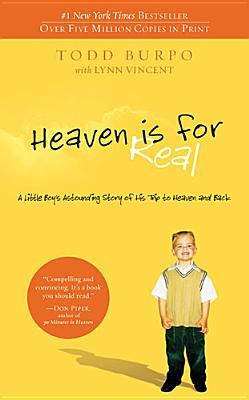1. How many hours
did you complete?
·
5 hours
2. In a short paragraph or bulleted list, how did you spend your time?
·
Observing lessons
·
Teaching a lesson
·
Helping students
·
Helping a small reading group
3. How did the experience help you to strengthen at least one Kentucky Teacher Standard? (be sure to name the standard)
·
The experience helped me strengthen Standard 7: The
teacher reflects on and evaluates teaching and learning. I am used to reflecting on lessons to see how
they go or what I would do differently, but by using the KTIP format I was able
to really reflect in-depth on what I taught.
It required me to go back and see how many students were able to meet,
go above, or fell below criteria. I was
able to give the teacher exactly which students did not master the content
based on my teach.
4. Talk a little about one thing you learned because of this field experience.
·
I learned that there are many different ways to
teach something. I noticed the teacher I was with taught time in a different
way than I ever have. She used a number
line and was able to show the students how to do elapsed time. I have never
seen that before and I was amazed how she did it. I have already showed my team
and we are planning on using the strategy next year with our students.






